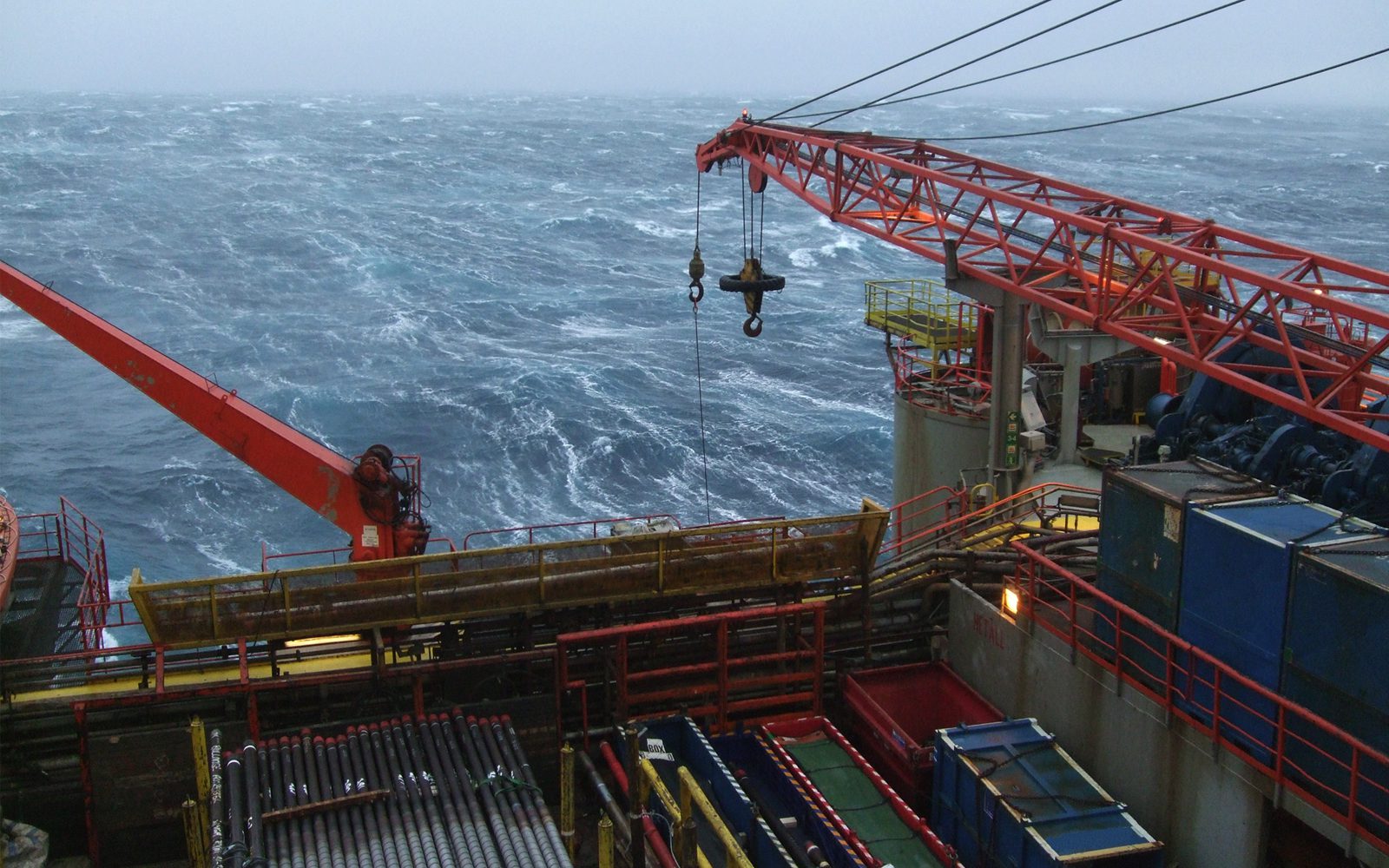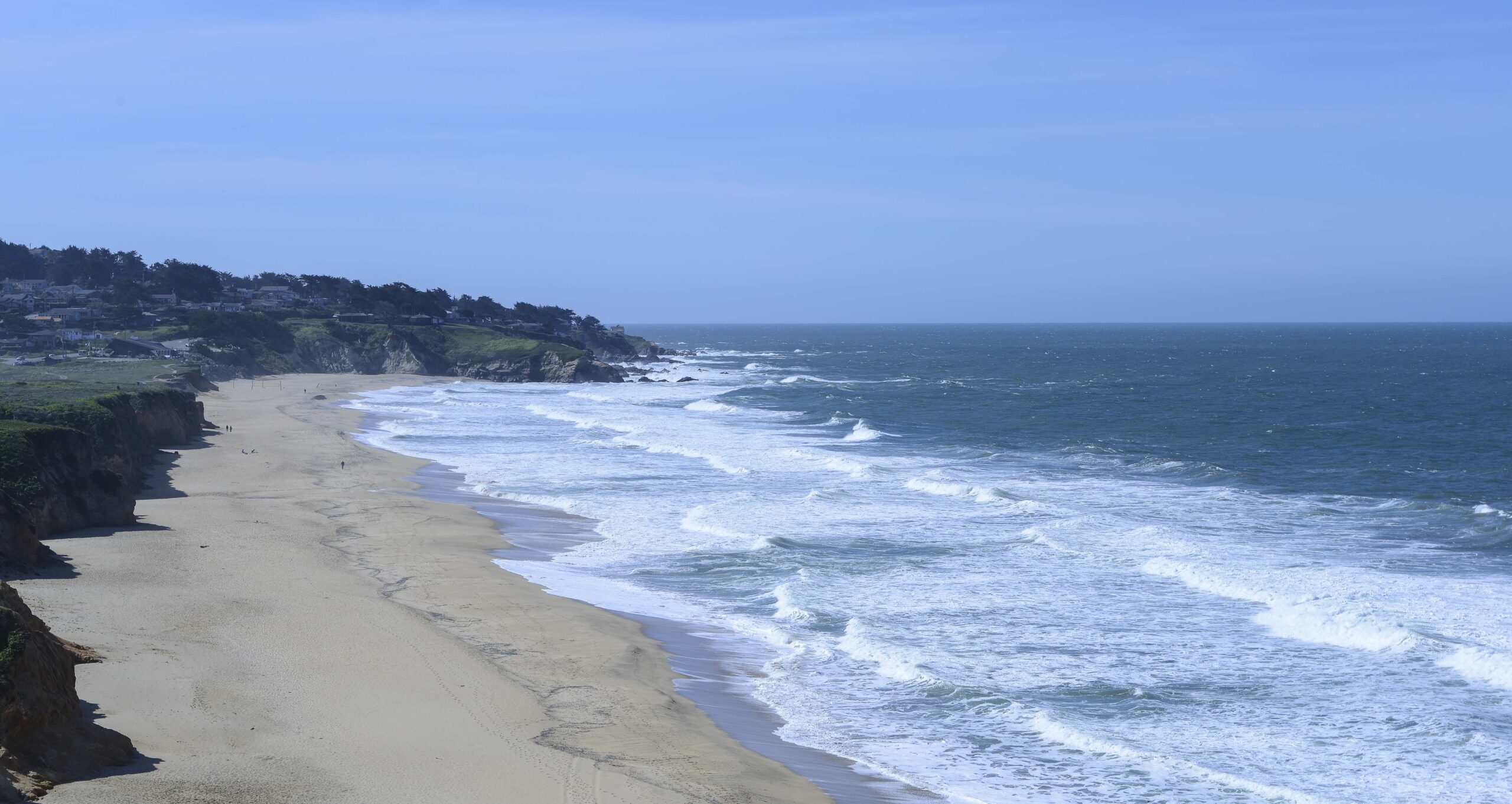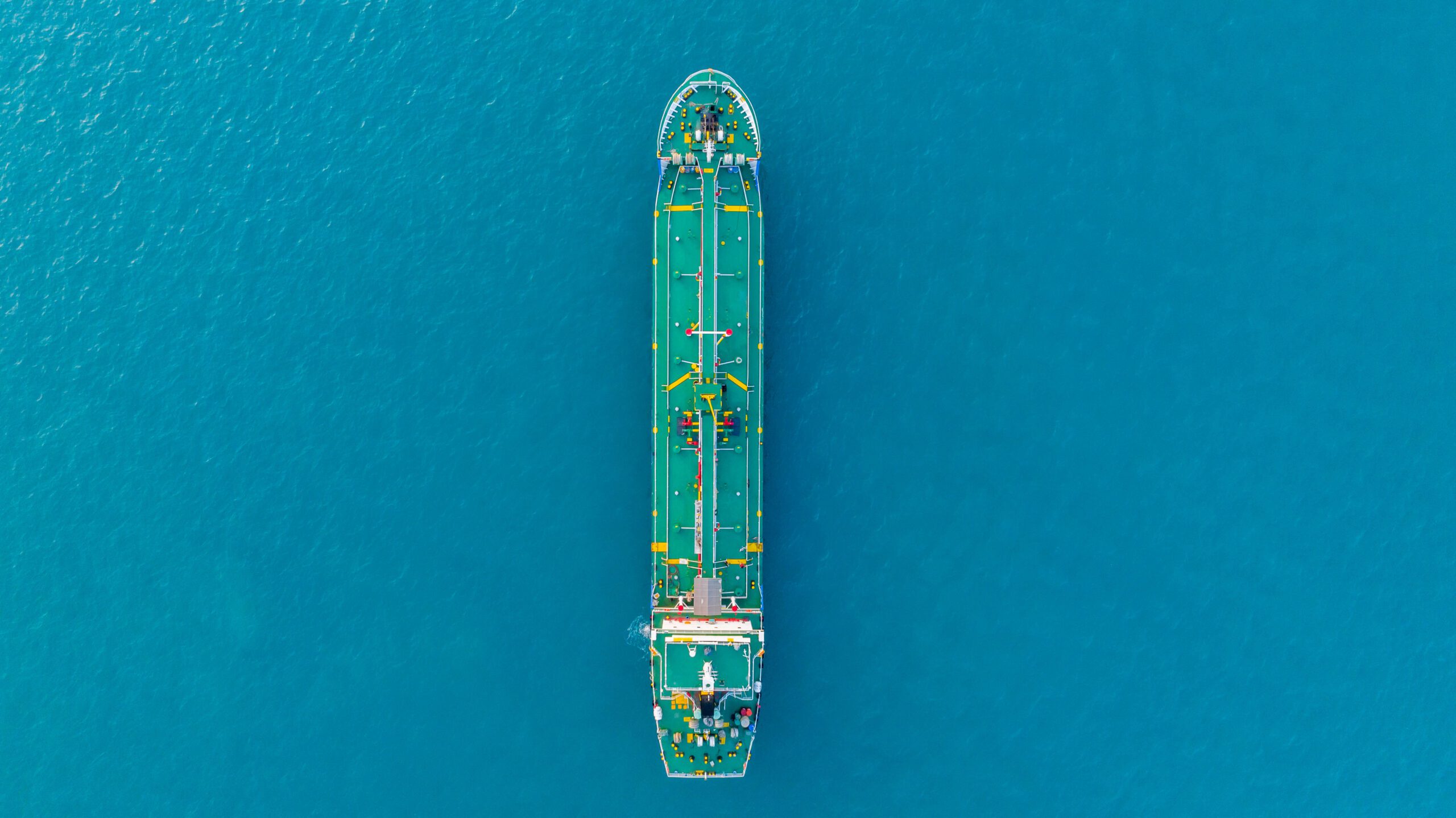Getting a reliable mid-term picture of the weather can affect a company’s bottom line. See how you can gain forecast confidence beyond the standard period of accuracy.
With volatile oil and gas prices, offshore companies need to maximize efficiencies. Planning accurate project timelines, avoiding unnecessary downtime, and having the right people in place at the right time can give you a competitive edge. The weather plays a crucial part in achieving these goals, so having an accurate forecast is essential.
When companies incorporate the impact of forecasted weather conditions, they can plan the mobilization of employees, move rigs in predicted weather windows, and avoid downtime where they cannot operate safely because of unfavorable weather conditions. Offshore companies need reliable data, including temperature, wave height, wind speed, and wind direction throughout the project’s life. The further ahead they can accurately predict the weather, the better they can plan.
However, there is a challenge. Despite significant advances in meteorological technology, it is impossible to predict the weather reliably beyond a certain point in time. Learn how DTN overcomes these limitations to bring our offshore customers the most consistent weather forecasts available.
Deterministic vs. probabilistic forecasting
Scientists have used deterministic forecasting for centuries, and it is still in practice today, albeit on a larger scale. It is based specifically on a given value or range for an area at a given time. In brief, this is how it works: worldwide, there are weather stations, satellites, buoys, balloons, and other types of weather recording devices. Information from these weather stations is collected continuously and run through individual models programmed into supercomputers that formulate a specific prediction for a global grid based on meteorological principles and real-time data.
The meteorologist uses these models to analyze the data based on deterministic principles – cause and effect. For example, if they observe a change in air mass this change may go with precipitation. Deterministic forecasts rely heavily on model accuracy and weather expertise for short-term forecasts.
Probabilistic forecasting incorporates a level of uncertainty into the process and gives an estimate of the variability of the prediction. For example, there is a 10% chance of the temperature being 5 degrees above the seasonal average in 10 days.
Probabilistic forecasting takes the same data from weather stations as deterministic forecasting but runs the data multiple times, adding slight variations to the initial weather condition to consider unpredictable factors. The models then evaluate the range of results, finding patterns that predict what is most likely to happen. This is known as ‘ensemble forecasting’ where dozens of ensemble members’ from a single model system are created to project a potential forecast spectrum. The probabilistic diagnostics then evaluate the range of results, finding patterns that predict what is most likely to happen.
Why 14-day deterministic forecasts don’t help offshore companies plan
Deterministic forecasting is valuable for the here and now, but it has its limits. A five-day forecast is accurate around 90% of the time. By day seven, that figure drops to around 80%, which is still useful. Beyond nine days the forecast is only correct around 50% of the time.
Deterministic forecasts become less accurate the further in time because of the chaotic, unpredictable nature of our atmosphere and oceans. This phenomenon is known as ‘the butterfly effect’ – where a small change in one state can result in much larger differences in a later state. Meteorologist Edward Lorenz coined the phrase when he posed the question, “Does the flap of a butterfly’s wings in Brazil set off a tornado in Texas?”
While more weather stations and satellites monitor our weather than ever, it is still not possible to keep track of every spot on the earth. At DTN, we understand that these blind spots exist. We also recognize the importance of having accurate weather forecasts for now and mid-term planning. That is why we use a hybrid forecast solution.
The alternative: extended outlook solution with probabilistic forecast data
DTN only offers deterministic marine forecasts nine days ahead, but we know that our offshore customers require forecasts to go beyond nine days into mid-range forecast outlooks. That is why we use a a hybrid solution – a nine-day deterministic forecast, coupled with a further seven days of probabilistic forecasting. This approach gives our customers the confidence to use consistent accurate information, that they can monitor and use as a basis for their project planning.
Our forecasts include confidence indicators that help users determine how much they can rely on forecasts when planning for safety and productivity. We use two different ensembles in our results to take into account possible ambiguities in the blind spots not monitored by weather stations or satellites. We have also significantly invested in the processing capacity to run models more efficiently and effectively to support offshore customers.
Moving forward, the challenge is to minimize the errors of the data going into the models. Over the last decade, DTN has invested significantly in a network of ground weather stations and satellite derived data worldwide, to provide high-quality observations in regions that previously lacked a workable number of sensors.
Find out more from DTN
It has never been more critical that companies get accurate weather forecasts which is why smart companies operating offshore put quality and confidence at the center of their forecasting requirements. DTN uses the latest ensemble forecasting methodology and invested massively in new monitoring and processing technology, providing its customer with the best and most reliable weather forecast service available.
For more information about DTN forecasting services or if you want a consultation go to www.dtn.com/offshore-forecasting-services
Unlock Exclusive Insights Today!
Join the gCaptain Club for curated content, insider opinions, and vibrant community discussions.

 Join The Club
Join The Club













